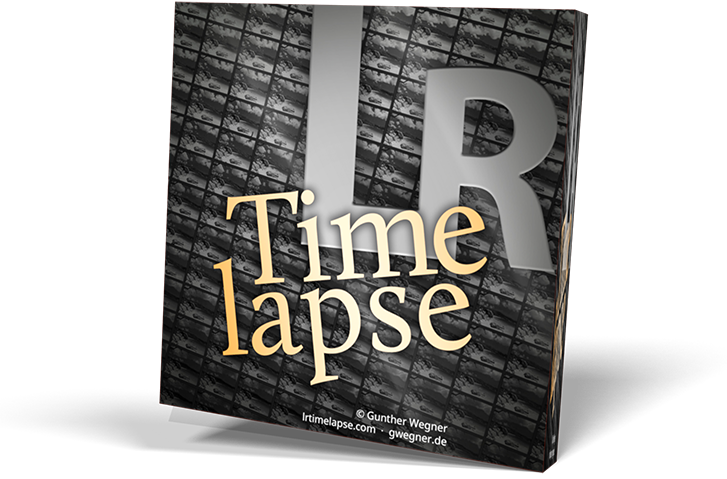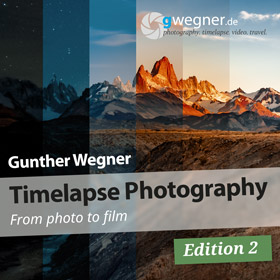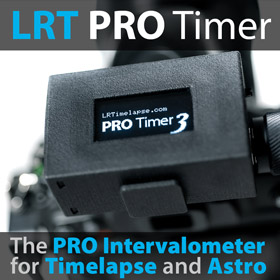Posts: 42
Threads: 16
Joined: Aug 2015
LRT exposure all over the place in sunset timelapse
Posts: 11,337
Threads: 197
Joined: Feb 2011
I cannot give recomendations, since it really depends on the sequence. You will have to try it. Just be a bit carefully when editing and keep this in mind. And if you see strange effects, try pulling the sliders back a bit.
Posts: 42
Threads: 16
Joined: Aug 2015
ok, I'll post once I finish rendering.
And by
[font='Open Sans', 'Myriad Pro', Tahoma, Verdana, Arial, sans-serif]Do you mean that I can use the slides in the curves panel (below the curve), but not set customized points on the curve?[/font]
And by
Quote:[font='Open Sans', 'Myriad Pro', Tahoma, Verdana, Arial, sans-serif]Use the parametric tone curve, it works a bit more linear then whites/blacks. You have to try what brings you to your result[/font]
[font='Open Sans', 'Myriad Pro', Tahoma, Verdana, Arial, sans-serif]Do you mean that I can use the slides in the curves panel (below the curve), but not set customized points on the curve?[/font]
Posts: 11,337
Threads: 197
Joined: Feb 2011
yes, the point curve is not supported in LRT, only the parametric tone curve.
Posts: 42
Threads: 16
Joined: Aug 2015
I wonder if there’s something fundamentally wrong with my workflow? I’ve read all of the FAQs and reviewed the tutorial videos, but I have trouble with even the simplest time lapses.
For example, here’s a timelapse I shot today. It’s very short. There’s only 1 exposure adjustment. The shutter speed changes from 1/100 to 1/20 sec. I know this is not ideal at all, as the best exposure adjustments should be in 1/3 of a stop increments.
But still, LRTimelapse seems to have corrected the exposure adjustment if you look at the orange curve.
But once you get the visual previews, you realize LRTimelapse basically didn’t do anything at all with that exposure jump. It’s not it didn’t completely compensate for it. It just ignored it all together.
What happened to the exposure adjustments outlined by the orange curve?
For example, here’s a timelapse I shot today. It’s very short. There’s only 1 exposure adjustment. The shutter speed changes from 1/100 to 1/20 sec. I know this is not ideal at all, as the best exposure adjustments should be in 1/3 of a stop increments.
But still, LRTimelapse seems to have corrected the exposure adjustment if you look at the orange curve.
But once you get the visual previews, you realize LRTimelapse basically didn’t do anything at all with that exposure jump. It’s not it didn’t completely compensate for it. It just ignored it all together.
What happened to the exposure adjustments outlined by the orange curve?
Posts: 11,337
Threads: 197
Joined: Feb 2011
Like you said, a 2.5 stop change in exposure is 7 times bigger then the recommended 1/3 stops, but still it should do the adjustment.
In this testing scenario - did you go to Lightroom at all? I'd suggest to leave Lightroom out of the equation for now.
Please do the following: download and install the latest DNG Converter from adobe, just to make sure, you are using the current one, you'll find the download link here: http://lrtimelapse.com/install
Then just load that sequence again, go to "Metadata -> Initialize" in LRTimelapse.
Now click on Keyframes Wizard, then Holy Grail Wizard. Save.
Click on Visual previews. Do you see any difference?
In this testing scenario - did you go to Lightroom at all? I'd suggest to leave Lightroom out of the equation for now.
Please do the following: download and install the latest DNG Converter from adobe, just to make sure, you are using the current one, you'll find the download link here: http://lrtimelapse.com/install
Then just load that sequence again, go to "Metadata -> Initialize" in LRTimelapse.
Now click on Keyframes Wizard, then Holy Grail Wizard. Save.
Click on Visual previews. Do you see any difference?
Posts: 42
Threads: 16
Joined: Aug 2015
Ok - I just tried what you suggested. Without LR involved, this definitely looks better. Strange thing though is that it creates a sort of “U” shape.
But after doing edits in LR, it’s as if the Holy Grail compensations completely go away. If you look at the two Lightroom screenshots, this is where the exposure change occurred (from 1/100 to 1/20).
But after doing edits in LR, it’s as if the Holy Grail compensations completely go away. If you look at the two Lightroom screenshots, this is where the exposure change occurred (from 1/100 to 1/20).
Posts: 11,337
Threads: 197
Joined: Feb 2011
So, it compensated. Not fully, but it did. The change is just too big.
Did you use "Read metadata from files" on the sequence, to bring the LRTImelapse edits to Lightroom?
I'd suggest, you try a "real" sequence, where you do small adjustments and then see if that works. Follow the workflow exactly like outlined here: http://lrtimelapse.com/workflow
Make sure to use the sync script in Lightroom when bringing the settings from one keyframe to the next and make sure to have the latest Adobe DNG Converter installed.
Did you use "Read metadata from files" on the sequence, to bring the LRTImelapse edits to Lightroom?
I'd suggest, you try a "real" sequence, where you do small adjustments and then see if that works. Follow the workflow exactly like outlined here: http://lrtimelapse.com/workflow
Make sure to use the sync script in Lightroom when bringing the settings from one keyframe to the next and make sure to have the latest Adobe DNG Converter installed.
Posts: 8
Threads: 5
Joined: Nov 2014
Gunther, you mentioned in your last paragraph here that dehaze can be very sensitive to timelapse... It helps tremendously to bring out detail on flat sky color, but lately since I've been using dehaze I notice difficulty on smooth transitions. Should I stay away from dehaze... what method would be better?
thanks!
Tony
thanks!
Tony
Posts: 11,337
Threads: 197
Joined: Feb 2011
I'd be carefully with dehaze and other context sensitive tools in LR. You can use it, but not overdo. Did you read this article in my blog? http://lrtimelapse.com/news/use-the-new-...me-lapses/





